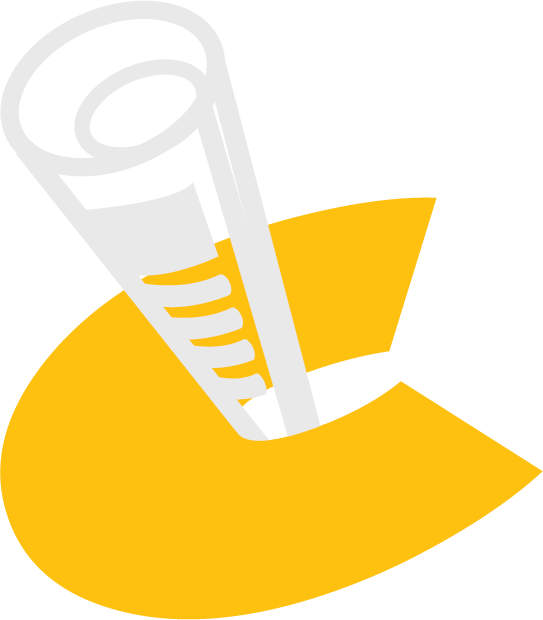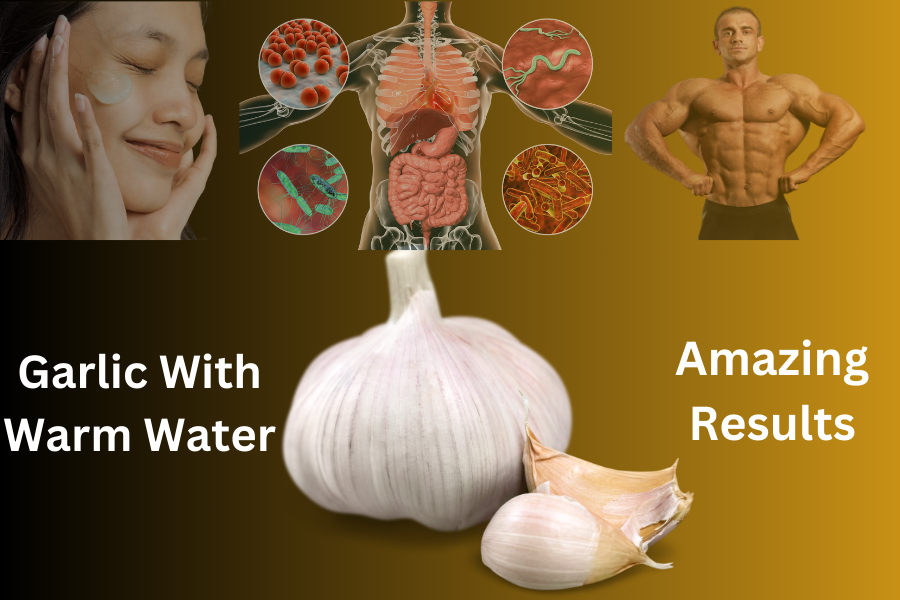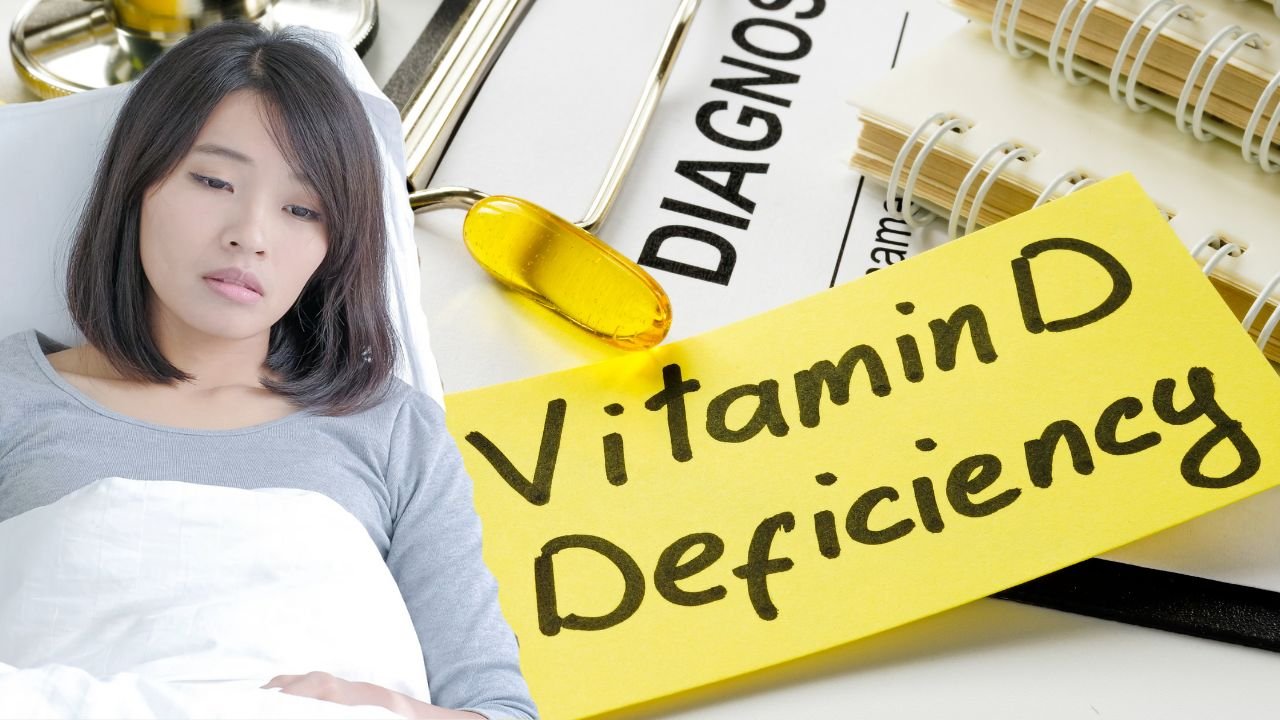Understanding Kidney Stones: Causes, Symptoms, Treatment, and Prevention in 10 Points
Posted on : March 12, 2024 By Savan

Kidney stones, known medically as renal calculi, are solid masses made up of crystals that form in the kidneys when there are high levels of certain substances in the urine. These materials may comprise calcium, oxalate, uric acid, and various other compounds. these can vary in size, from tiny particles that pass out of the body in urine to larger stones that may cause severe pain and other complications.
Table of Contents
1. Introduction to Kidney Stones
these are a prevalent urological ailment that impacts millions of individuals globally. They can develop in one or both kidneys and may cause significant discomfort and complications. Understanding the causes, symptoms, diagnosis, treatment, and prevention of stones is essential for managing this condition effectively.
2. Causes
form when certain substances in the urine, such as calcium, oxalate, and uric acid, become highly concentrated and crystallize. Various factors can contribute to the formation of stones, including:
– Dehydration
– Dietary factors (e.g., high intake of sodium, animal protein, or oxalate-rich foods)
– Family history of stones
– Certain medical conditions (e.g., hyperparathyroidism, gout)
– Urinary tract infections
– Certain medications
3. Types of Stones
There are different types of stones, classified based on their composition:
– Calcium stones: Most kidney stones are calcium-based, primarily composed of calcium oxalate or calcium phosphate.
– Uric acid stones: These stones form when there is an excess of uric acid in the urine.
– Struvite stones: Struvite stones are often associated with urinary tract infections and may grow quickly to a large size.
– Cystine stones: Cystine stones are rare and develop in individuals with a genetic disorder called cystinuria.

4. Symptoms
The indications of stones may fluctuate based on their size and position. Typical symptoms encompass:
– Intense discomfort in the back, flank, belly, or groin area
– Painful or frequent urination
– Hematuria (blood in the urine)
– Nausea and vomiting
– Fever and chills (in cases of accompanying infection)
5. Diagnosis
Diagnosing stones typically involves a combination of medical history, physical examination, imaging tests, and laboratory tests. Common diagnostic methods include:
– Imaging studies such as X-rays, ultrasound, or CT scans to visualize the stones
– Urinalysis to detect blood, crystals, or signs of infection in the urine
– Blood tests to evaluate kidney function and levels of certain substances related to stone formation
6. Treatment
Treatment options for stones depend on factors such as the size, type, and location of the stones, as well as the severity of symptoms. Treatment may include:
– Pain management: Over-the-counter or prescription pain medications to relieve discomfort
– Fluid intake: Drinking plenty of water to help flush out the stones and prevent dehydration
– Medications: Certain medications may be prescribed to help dissolve specific types of stones or prevent their formation
– Medical procedures: In some cases, procedures such as shock wave lithotripsy, ureteroscopy, or percutaneous nephrolithotomy may be necessary to break up or remove larger stones
7. Prevention
Preventing kidney stones involves lifestyle modifications and dietary changes aimed at reducing the risk of stone formation. Strategies for preventing stones include:
– Maintaining hydration levels by consuming a sufficient quantity of water daily
– Following a balanced diet low in sodium, animal protein, and oxalate-rich foods
– Consuming calcium-rich foods in moderation
– Limiting intake of foods high in purines (for uric acid stones) and avoiding excessive alcohol consumption
– Managing underlying medical conditions that may contribute to stone formation
8. Complications
Although most stones pass out of the body without causing significant complications, some stones may lead to complications such as:
– Blockage of the urinary tract, leading to kidney damage or infection
– Recurrent kidney stones
– Chronic kidney disease or kidney failure in severe cases
9. Living with Stones
Living with this can be challenging, but making lifestyle changes and following your healthcare provider’s recommendations can help reduce the risk of recurrence and manage symptoms effectively. It’s essential to stay informed about your condition, maintain regular follow-up appointments, and seek medical attention if you experience any new or worsening symptoms.
10. Conclusion
these are a common and often painful condition that can affect people of all ages. Understanding the causes, symptoms, diagnosis, treatment, and prevention of kidney stones is crucial for effectively managing this condition and reducing the risk of complications. By making lifestyle changes, following a healthy diet, staying hydrated, and seeking prompt medical attention when needed, individuals can reduce their risk of developing kidney stones and maintain optimal kidney health.
Share this articlePosted on : March 12, 2024 By Savan
Join Our Club

"Stay Informed, Stay Ahead – Join Our Club Today!"



















